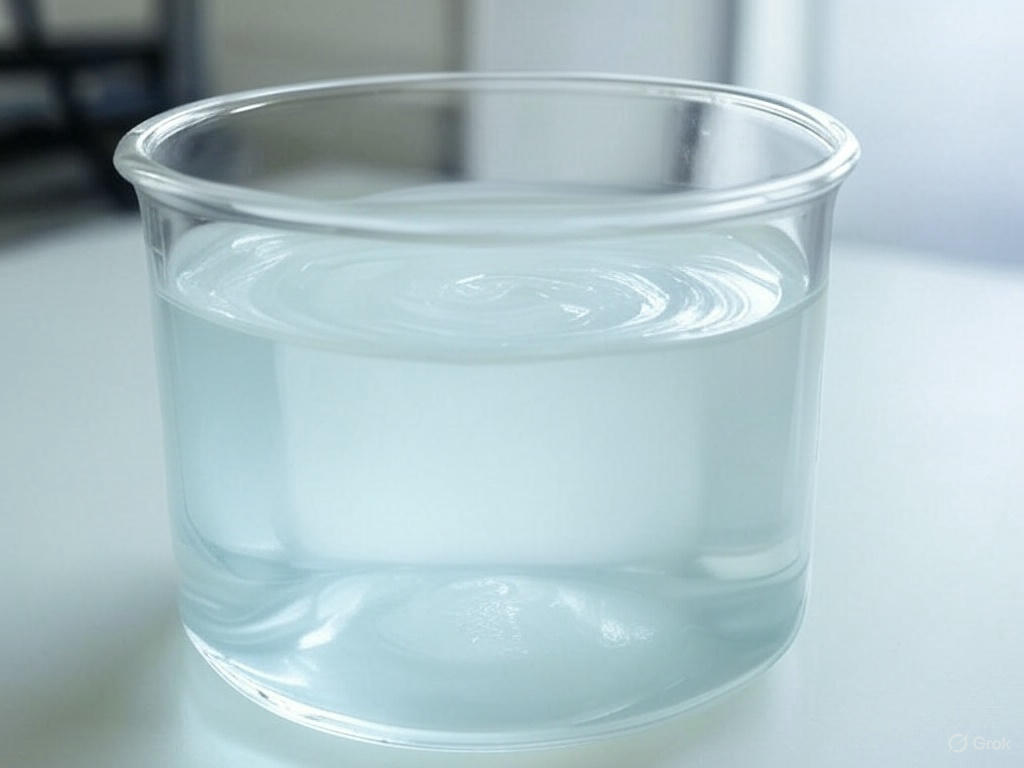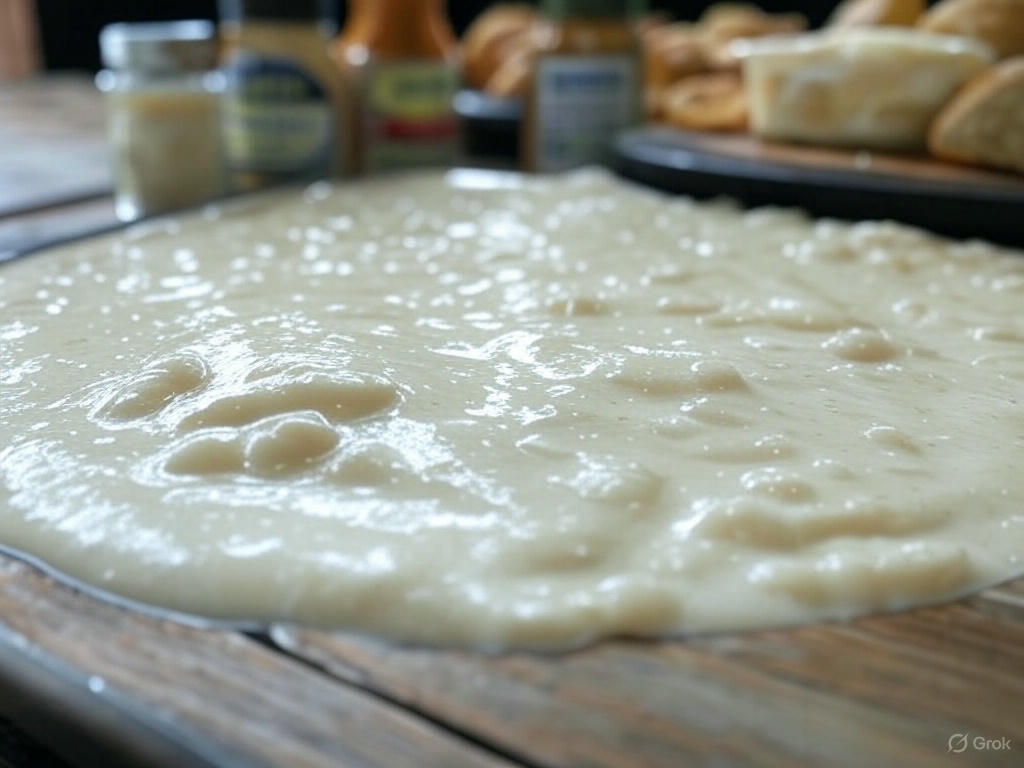Hydroxyethyl Cellulose (HEC) and Hydroxypropyl Methyl Cellulose (HPMC) are both cellulose derivatives widely used as thickeners, stabilizers, and binders in various industries, including construction, pharmaceuticals, cosmetics, and food.
Chemical Structure
- HEC: Derived from cellulose by reacting it with ethylene oxide, introducing hydroxyethyl groups (-CH₂CH₂OH) to the cellulose backbone. It is a non-ionic polymer with a single type of substituent.
- HPMC: A non-ionic cellulose ether made by treating cellulose with both methyl chloride and propylene oxide, resulting in methoxy (-OCH₃) and hydroxypropyl (-CH₂CHOHCH₃) groups. This dual substitution gives HPMC a more complex structure.
Solubility
- HEC: Soluble in both hot and cold water, with no gelation at high temperatures. It remains stable and does not precipitate even when boiled, offering a wide range of solubility.
- HPMC: Soluble in cold water but insoluble in hot water (above 55–75°C, depending on the methoxy and hydroxypropyl content). It forms a gel when heated, which reverses upon cooling, a property known as thermal gelation.
Viscosity and Rheology
- HEC: Known for high viscosity, making it ideal for thickening applications where a sticky, robust consistency is needed, such as in paints or adhesives. It exhibits pseudoplastic behavior (viscosity decreases under shear).
- HPMC: Typically has lower viscosity than HEC at equivalent concentrations. It provides shear-thinning properties, improving flow and leveling, which is useful in applications like tile adhesives or pharmaceutical coatings.
Water Retention
- HEC: Offers good water retention, though generally lower than HPMC. It’s effective in formulations needing moisture control but doesn’t match HPMC’s capacity.
- HPMC: Excels in water retention, making it a preferred choice in construction materials like mortars and plasters, where it prevents rapid drying and cracking.
Stability and pH Range
- HEC: Stable across a wide pH range and compatible with high electrolyte concentrations, making it versatile in formulations with salts or acids/bases. It’s less prone to enzymatic degradation.
- HPMC: Stable in neutral to slightly acidic conditions but less tolerant of extreme pH or high salt concentrations compared to HEC. It has better enzyme resistance than some other cellulose ethers like methyl cellulose.
Applications
- HEC: Commonly used in paints, coatings, cosmetics (e.g., shampoos, gels), and oil drilling muds due to its thickening and stabilizing properties. It’s also a key ingredient in personal lubricants and large bubble solutions.
- HPMC: Widely applied in construction (e.g., tile adhesives, self-leveling mortars), pharmaceuticals (e.g., tablet binders, controlled-release matrices), and food (e.g., stabilizers). Its thermal gelation makes it valuable for specific drug delivery systems.
Key Differences in Performance
- Thickening Power: HEC is a stronger thickener, while HPMC balances thickening with flowability.
- Thermal Behavior: HPMC gels at high temperatures, whereas HEC does not, affecting their use in heat-sensitive applications.
- Film Formation: HPMC forms more continuous films, beneficial in coatings and pharmaceuticals, while HEC is less focused on film-forming.
Choosing Between HEC and HPMC
- Use HEC when you need high viscosity, broad solubility, and stability in challenging conditions (e.g., high heat or electrolytes).
- Opt for HPMC if water retention, thermal gelation, or film-forming properties are critical (e.g., in mortars or controlled-release drugs).
In summary, HEC and HPMC serve overlapping yet distinct roles, with the choice depending on the specific needs of the application—whether it’s robust thickening (HEC) or enhanced water retention and gelation (HPMC).




